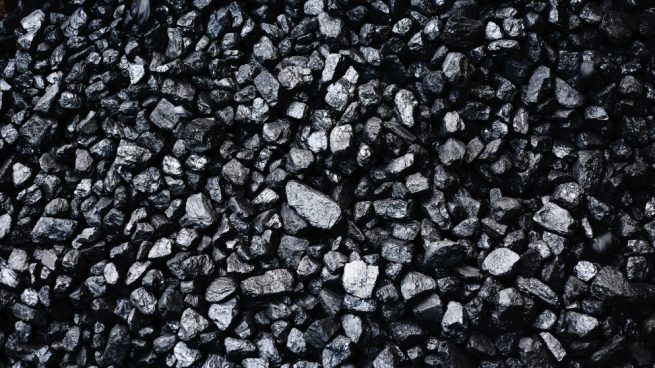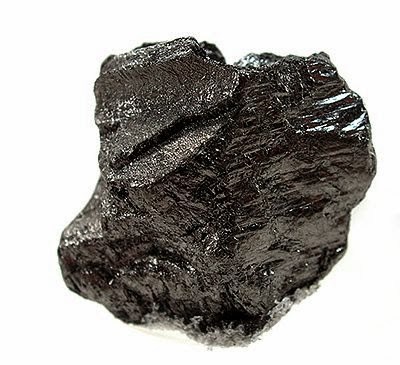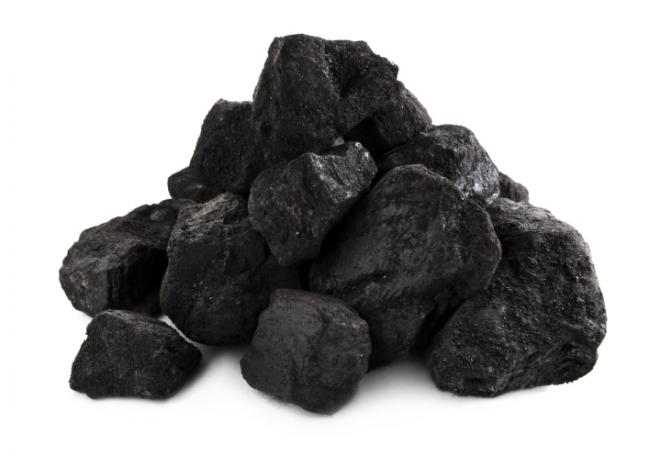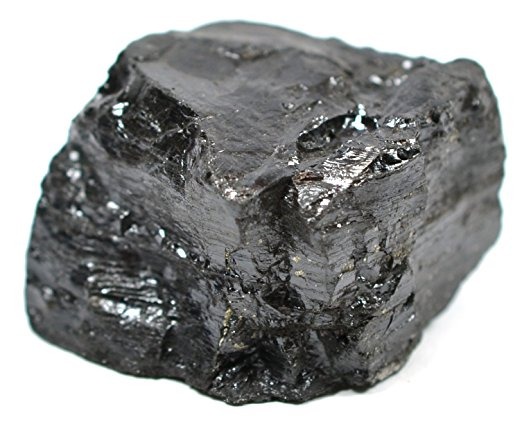
noun
- Chemistry. a widely distributed element that forms organic compounds in combination with hydrogen, oxygen, etc., and that occurs in a pure state as diamond and graphite, and in an impure state as charcoal. Symbol: C; atomic weight: 12.011; atomic number: 6; specific gravity: (of diamond) 3.51 at 20°C; (of graphite) 2.26 at 20°C.
- carbon dioxide or other carbon compounds that are emitted into the atmosphere and cause rising temperatures: the carbon produced by burning fossil fuels.
- carbon copy.
- a sheet of carbon paper.
- Electricity.
- the carbon rod through which current is conducted between the electrode holder and the arc in carbon arc lighting or welding.
- the rod or plate, composed in part of carbon, used in batteries.
adjective
- pertaining to or noting the element carbon or any of its compounds, especially carbon dioxide: to reduce carbon emissions.
noun
-
- a nonmetallic element existing in the three crystalline forms: graphite, diamond, and buckminsterfullerene: occurring in carbon dioxide, coal, oil, and all organic compounds. The isotope carbon-12 has been adopted as the standard for atomic wt; carbon-14, a radioisotope with a half-life of 5700 years, is used in radiocarbon dating and as a tracer. Symbol: C; atomic no: 6; atomic wt: 12.011; valency: 2, 3, or 4; relative density: 1.8–2.1 (amorphous), 1.9–2.3 (graphite), 3.15–3.53 (diamond); sublimes at 3367±25°C; boiling pt: 4827°C
- (as modifier)a carbon compound
- short for carbon paper, carbon copy
- a carbon electrode used in a carbon-arc light or in carbon-arc welding
- a rod or plate, made of carbon, used in some types of battery
non-metallic element, 1789, coined 1787 in French by Lavoisier as charbone, from Latin carbonem (nominative carbo) “a coal, glowing coal; charcoal,” from PIE root *ker- (4) “heat, fire, to burn” (cf. Latin cremare “to burn;” Sanskrit krsna “black, burnt,” kudayati “singes;” Lithuanian kuriu “to heat,” karštas “hot,” krosnis “oven;” Old Church Slavonic kurjo “to smoke,” krada “fireplace, hearth;” Russian ceren “brazier;” Old High German harsta “roasting;” Gothic hauri “coal;” Old Norse hyrr “fire;” Old English heorð “hearth”).
Carbon 14, long-lived radioactive isotope used in dating organic deposits, is from 1936. Carbon dating (using carbon 14) is recorded from 1958. Carbon cycle is attested from 1912. Carbon footprint was in use by 2001. Carbon paper (soon to be obsolete) is from 1895.
n. Symbol C
- A nonmetallic element occurring in many inorganic and in all organic compounds, existing as graphite and diamond and as a constituent of coal, limestone, and petroleum, and capable of chemical self-bonding to form a number of important molecules. Atomic number 6.
C
- A naturally abundant, nonmetallic element that occurs in all organic compounds and can be found in all known forms of life. Diamonds and graphite are pure forms, and carbon is a major constituent of coal, petroleum, and natural gas. Carbon generally forms four covalent bonds with other atoms in larger molecules. Atomic number 6; atomic weight 12.011; sublimation point above 3,500°C; boiling point 4,827°C; specific gravity of amorphous carbon 1.8 to 2.1, of diamond 3.15 to 3.53, of graphite 1.9 to 2.3; valence 2, 3, 4. See Periodic Table.
A chemical element; its symbol is C. The carbon nucleus has six protons and six or more neutrons; six electrons are in orbit around the carbon nucleus. (See hydrocarbons and organic molecules (see also organic molecule).)
 Liberal Dictionary English Dictionary
Liberal Dictionary English Dictionary


